You might call it “zoobotics.” Jessica Burgner-Kahrs, the director of the Continuum Robotics Lab at U of T Mississauga, and her team are building very slender, flexible and extensible robots, a few millimetres in diameter, for use in surgery and industry. Unlike humanoid robots, so-called continuum robots feature a long, limbless body – not unlike a snake’s – that allows them to access difficult-to-reach places.
Consider a neurosurgeon who needs to remove a brain tumour. Using a traditional, rigid surgical tool, the surgeon has to reach the cancerous mass by following a straight path into the brain, and risk poking through – and damaging – vital tissue. Burgner-Kahrs envisions a day when one of her snake-like robots, guided by a surgeon, would be able to take a winding path around the vital tissue but still reach the precise surgical site. Previously inoperable brain tumours might suddenly become operable. “It could revolutionize surgery,” she says.
Burgner-Kahrs, a computer scientist and mechanical engineer, says her lab is also developing a more advanced generation of continuum robots that are equipped with sensors and can partially steer themselves. A surgeon would have to operate the robot remotely with a computer, but the robot would know how to avoid obstacles and recognize its destination. A surgeon could deploy one of these robots to collect a tissue sample from the abdomen, for instance, or inject a cancer drug directly into a tumour in the lungs.
There are uses outside the human body, too. A continuum robot could slide through the interior of a jet engine, inspecting it for damage. The lab is experimenting with novel forms that are even more dexterous and extensible. One recent design, with potential search-and-rescue applications, is inspired by origami: it’s very light, and can elongate up to 10 times further than other designs.
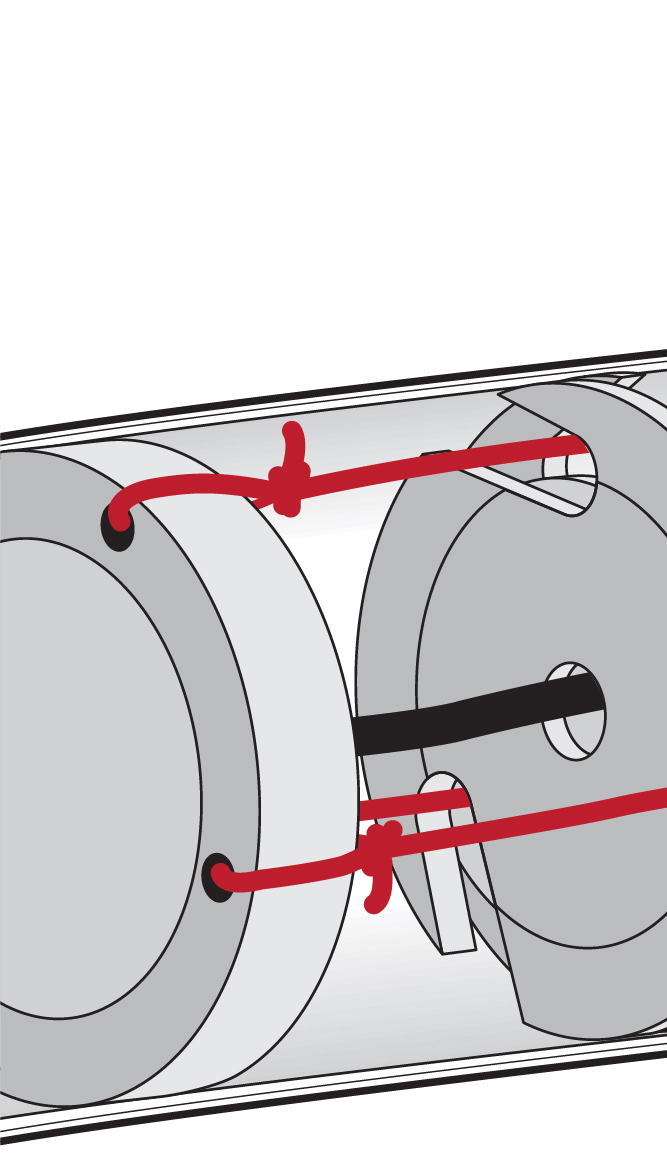
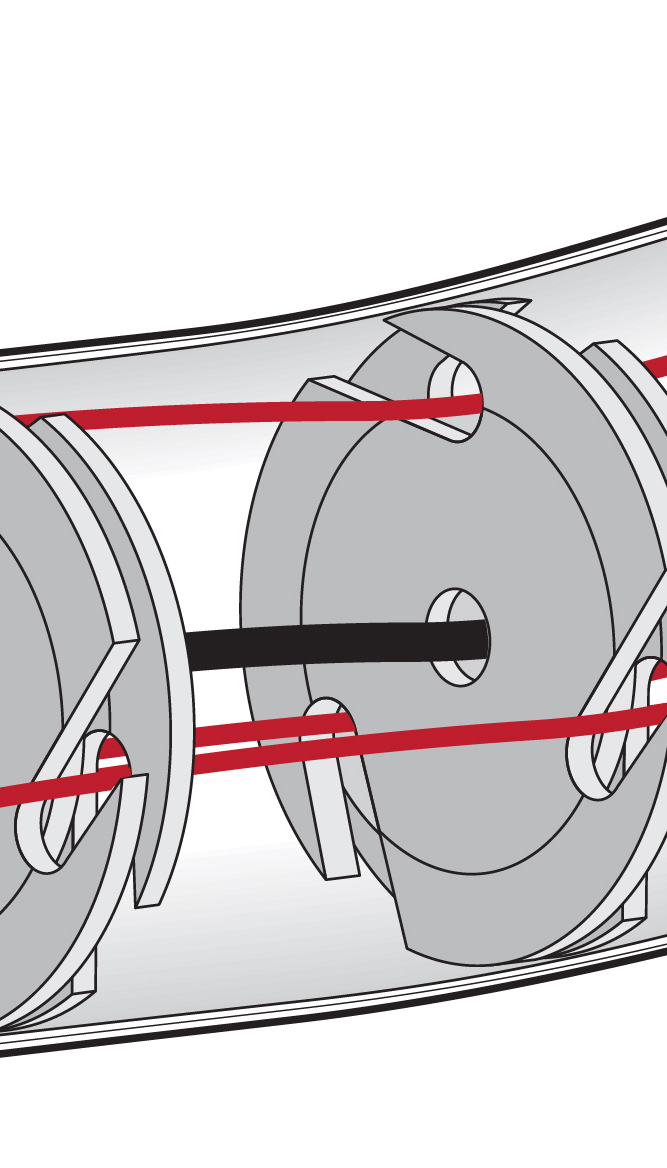
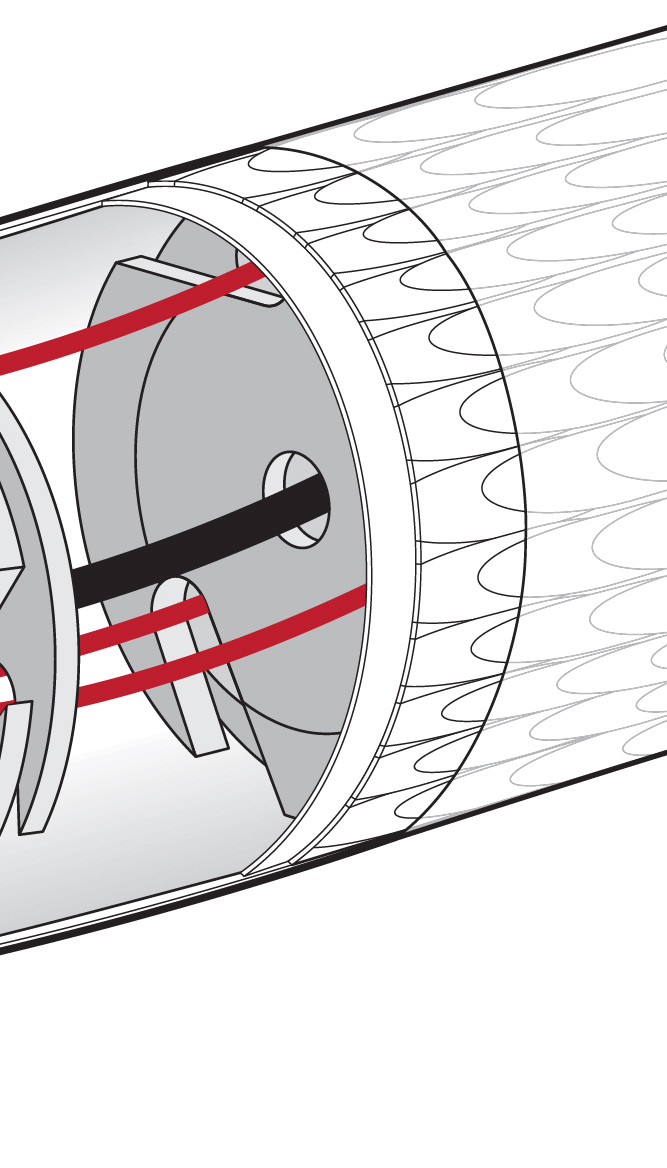
This is the Actual Size of a Continuum Robot
The “tendon-driven” continuum robots depicted here are, in real life, about seven millimetres in diameter and are built in sections that can range in length from 15 to 70 millimetres. Other models can be even narrower. All exhibit a tentacle-like motion.
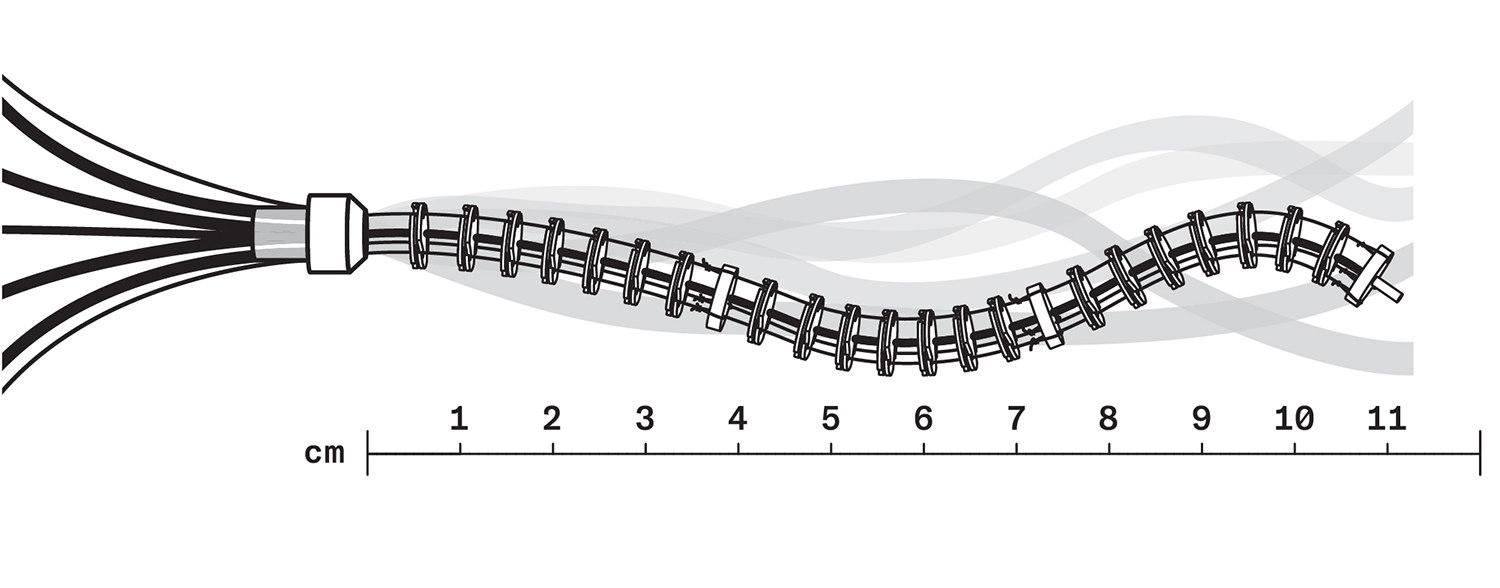

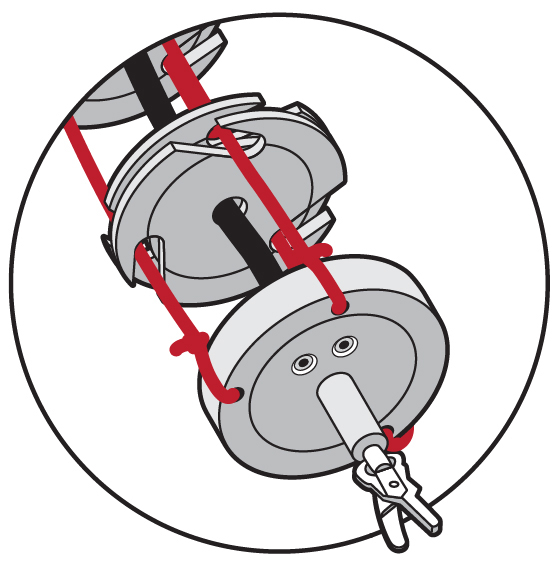
Next-generation Continuum Robots
To develop robots that can be used safely in a variety of medical and other applications, Prof. Burgner-Kahrs aims to answer the following questions:
- How can we control continuum robots so they move even more precisely through constrained and tortuous environments?
- How can we design a more intuitive interface between human and robot? Can we achieve a fully autonomous robot?
- How can we use multiple continuum robots in tandem to complete a task collaboratively?


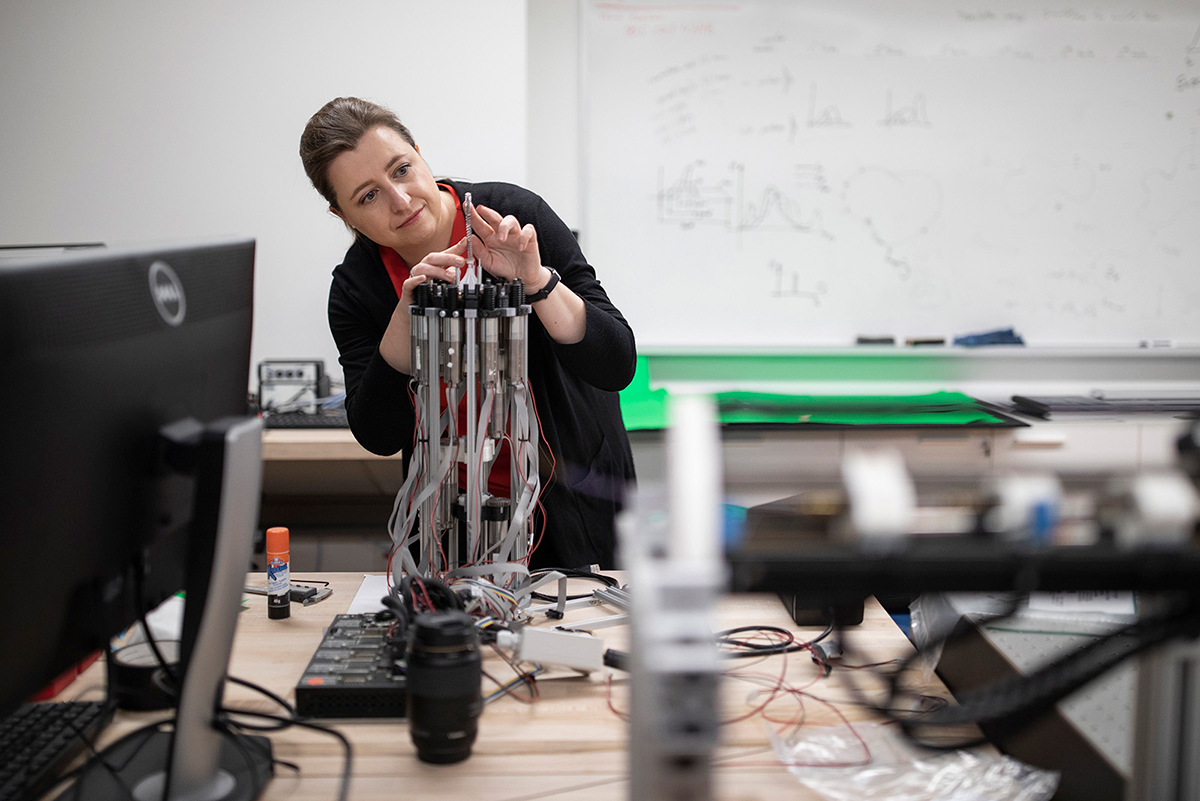

2 Responses to “ Robots Are Taking on New Shapes ”
This is just brilliant! May I suggest a combination of two devices (like a surgeon's two hands). One robot could probe a tumour with a hot or cold or mechanical knife and the second could suction the debris. Many possible iterations!
From Allan B. McMillan (BScPT 1974):
As a cancer survivor who was treated with the DaVinci Robot at the London (Ontario) Regional Cancer Clinic in 2020, I have a great appreciation of the benefits technology can provide. Prof. Jessica Burgner-Kahrs and her team at the Continuum Robotics Laboratory are on the leading edge of an exciting time in robotic development.
In the future, surgical methods that are more precise, less invasive and widely available will provide improved outcomes across a number of medical situations. I expect the human-to-robot interface to become more user-friendly as the application of the technology expands.
Keep up this exciting area of research and development!